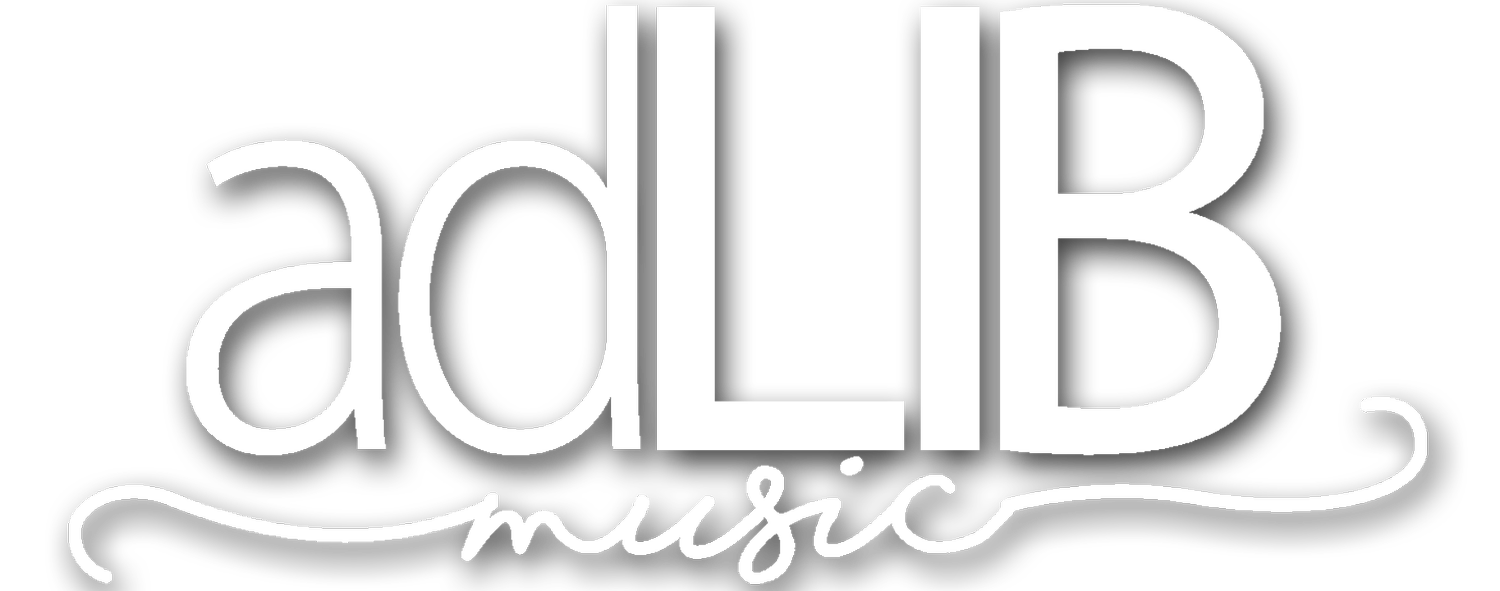How I Learn Melody
What’s the most important musical part of a song? Melody. It’s the DNA, the unique fingerprint. Which brings up the next question…how do I learn melody, especially if I don’t read music or don’t have the musical notation available?
This is how I do it:
1. Listen to the song, taking initial notes on the general form of the song, noting any major things happening. (Hey, did you see that? I take notes!) So I whip out the chord chart to see visually what is happening in the song. Does it have a soaring bridge? Does it have three identical verses? Is there a tricky pre-chorus? Where do the harmonies start?
2. Listen again, this time making detailed notes on the melody. I’ll often put slash marks over the words higher and lower to guide me as their pitch rises and falls, as well as ^ over high points. I may make standard rhythmic notation or draw long lines with the overall curve of the melody, but the point is to create a reference I understand. It doesn’t have to be technical, classical notation, or even understandable by anyone other than me.
3. NOW I sing along with the recording. This is the first time I even sing it! I may do this a few times before adding my instrument. This step is super important, especially if I don’t play at an advanced level, because I’ll tend to do two things: a) quickly adjust the song melody (i.e., sing it wrong) to match my playing style/rhythm or b) get confused because I’m trying to learn two things at once. Separate them. First, learn the melody, then learn the accompaniment. So if you need to, sing it a few times without playing it, next play it a few times without singing it, and finally, put the two together.
4. It’s time to see if I’m learning it, so I sing and play it without the recording a few times. This is when I realize where I don’t know it and how I don’t know how to “use” the song. Let’s see: What do I play after the chorus? How many times should I repeat the bridge? How does the intro go? How do I end this song?
5. Then I turn the recording on again and check myself. I’ll often find I’ve learned a note wrong or am singing some words with the wrong phrasing. “Oh, the melody goes down at the end of this line,” I’ll realize. But this step is critical because if I don’t go back to verify I’ve learned it well, the mental cement starts to harden...
Bonus: Here is an idea to help your team to learn songs if they (surprise) don’t come to rehearsal prepared. After you’ve played it together, sing it a cappella, with no instruments, with the melody wearing its birthday suit, so you can isolate the voices, identify trouble spots, and strengthen the melodies. You’ll be amazed at how removing ALL instruments will help solidify the melody. (it will also help teach your electric guitar players from diving into “Sweet Child O’ Mine” the second you stop playing the song. Yes, Tom, I’m calling you out, buddy) :O
-Dave Helmuth
(purchase my book, "Worship Fertilizer: (the first hundred)" HERE)
How I Learn Melody (Nº 19)

